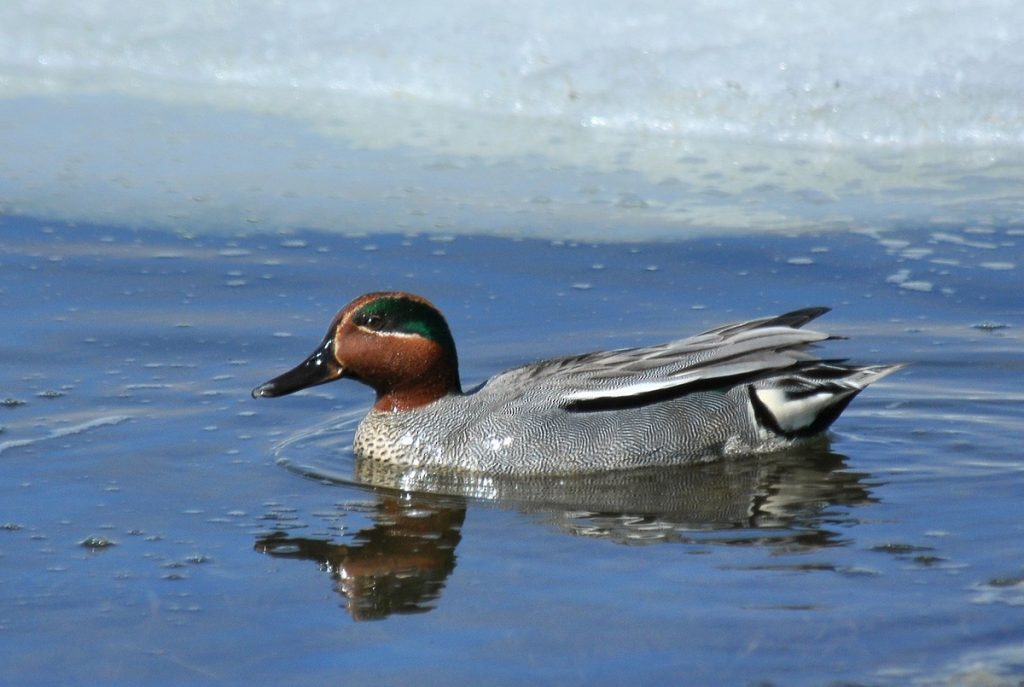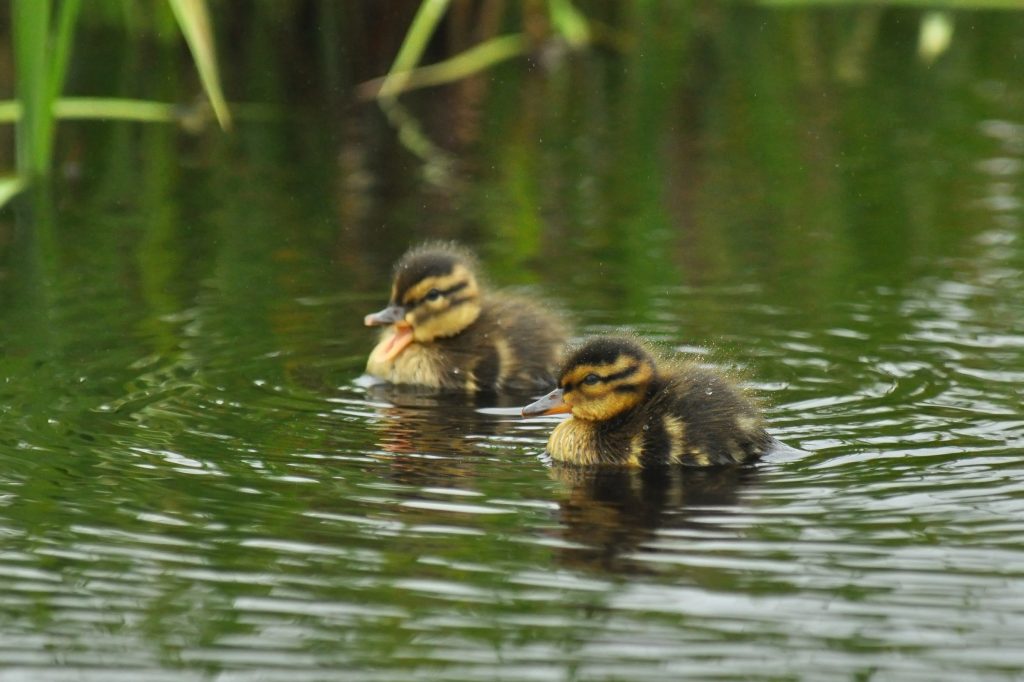Early migrants have typically arrived prior to the first birder coverage in early May with small-to-moderate numbers arriving during mid-late April. Timing of migrant and peak movements is clouded in the Pribilofs due to summer residents; however, predictably the largest spring numbers would be found in mid-late May with a decline in daily numbers until early June with summer breeding numbers present from mid-June on. Small numbers breed annually in St. Paul Island’s freshwater marshes (between 25 and 50 pairs), while the other Pribilof Islands have very small to no breeding populations. During the summer breeding season, chicks are often first noticed in late June or early July, with broods still being reared through late August and into September. Fall passage migrants begin to appear by mid-August (counts of 50+ as early as August 15th) and build through September, when they peak at the end of the month or beginning of October. Moderate numbers are still present through mid-October. Few mid-winter records exist though this species occurs regularly into early winter while there is open water and has shown up on occasion throughout the winter suggesting it may overwinter or appear mid-winter when conditions allow.
The Eurasian subspecies (Anas crecca crecca), which is split from American birds (Anas crecca carolinensis) by some authorities is the most common taxa present in the Pribilofs, typically twice as common as American birds, however hybrids are occasionally noted and only breeding plumaged males are identifiable to subspecies. During the summer and early fall when these individuals are in eclipse plumage, Green-winged Teal should not be identified to subspecies in the islands.



